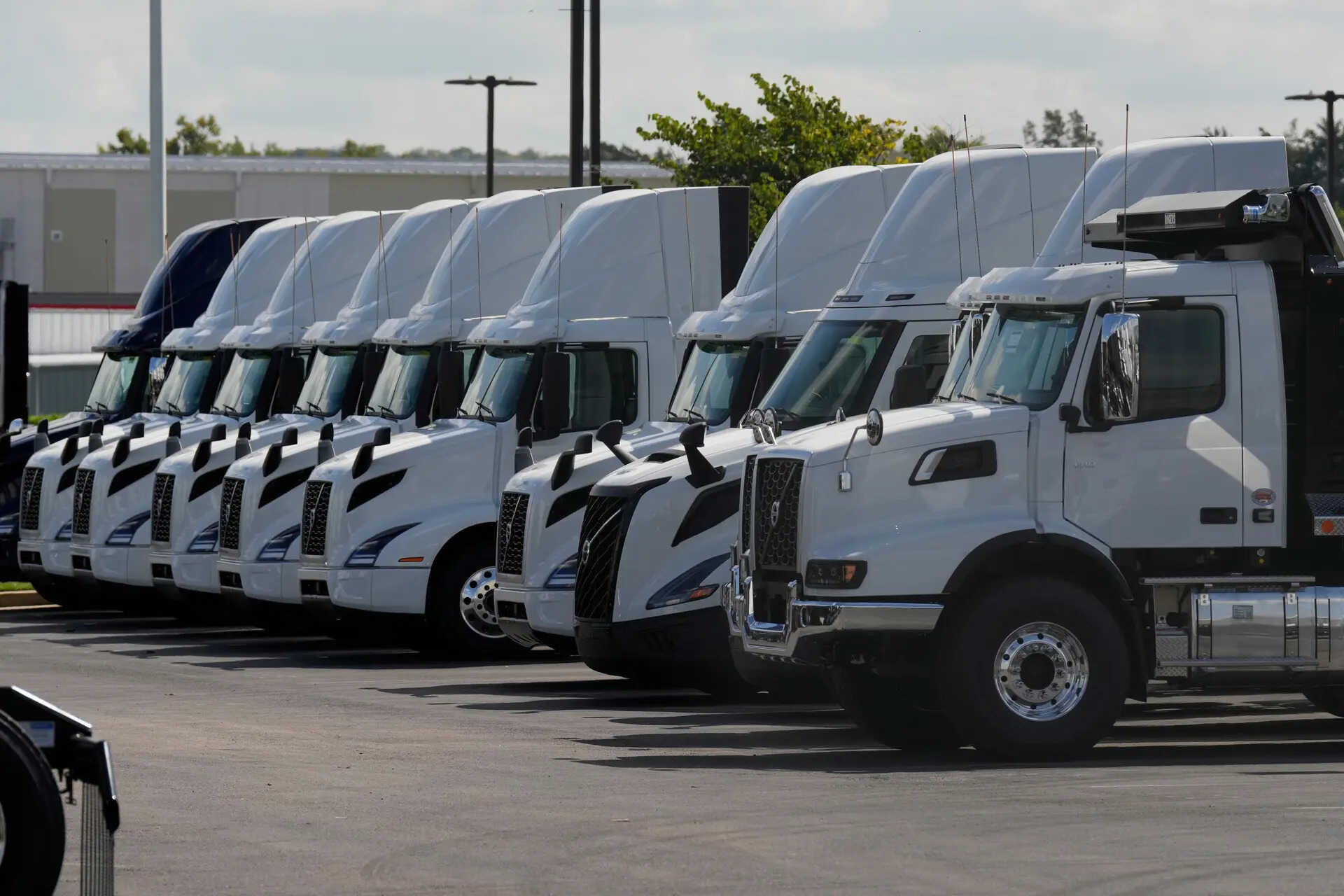US President Donald Trump has signed an order offering relief to American carmakers by extending tariff offsets on imported parts until 2030. Simultaneously, a 25% tariff is imposed on medium and heavy-duty truck parts from November 1, following a national security review. This aims to boost domestic manufacturing, though some USMCA-eligible trucks will receive preferential treatment.
Shifting Gears: How Trump’s Tariff Tweaks Could Impact the Auto Industry
The automotive world just got another curveball thrown its way. Former President Donald Trump, never one to shy away from shaking things up, recently signaled potential changes to existing auto tariffs. But instead of a blanket policy shift, it seems to be a more nuanced approach, offering some relief to US car manufacturers while tightening the screws on imported truck parts. Let’s dive into what this could mean for your next car, the future of the industry, and even the global economy.
For years, the US has wrestled with the best way to protect and foster its domestic auto industry. Tariffs have been a favored tool, wielded to influence trade relationships and incentivize manufacturers to bring production back home. The current situation, however, is a complex web of agreements and duties, and the latest developments add another layer of intrigue. The initial reports suggest that Trump is considering easing some tariffs on imported vehicles, which could potentially lower costs for consumers and give automakers more flexibility in their supply chains. Imagine that sleek European sports car becoming a bit more attainable – that’s the potential impact we’re talking about.
However, before you start dreaming of bargain-priced imports, there’s a catch. The proposed changes also involve a significant 25% tariff on imported truck parts. This move appears to be aimed squarely at bolstering domestic parts manufacturers and encouraging automakers to source components locally.  The ramifications of this are far-reaching. It could lead to increased costs for truck manufacturers, potentially impacting the prices of trucks and SUVs – vehicles that are incredibly popular in the US market. Think about construction companies needing to replace their fleets, or families relying on pickups for daily life; they could all feel the pinch.
The ramifications of this are far-reaching. It could lead to increased costs for truck manufacturers, potentially impacting the prices of trucks and SUVs – vehicles that are incredibly popular in the US market. Think about construction companies needing to replace their fleets, or families relying on pickups for daily life; they could all feel the pinch.
The Push and Pull of Protectionism: Navigating Auto Tariffs
So, why this seemingly contradictory approach? It likely boils down to a delicate balancing act. On one hand, there’s the desire to protect American jobs and industries, particularly in the manufacturing sector. The tariff on truck parts directly addresses this concern, aiming to incentivize domestic production and reduce reliance on foreign suppliers. On the other hand, easing tariffs on imported vehicles could be seen as a way to provide consumers with more choices and potentially lower prices, while also giving US automakers access to a wider range of components and technologies.
The global implications of these potential changes are significant. Countries that export vehicles and truck parts to the US will undoubtedly be watching closely, assessing the impact on their own economies and considering potential retaliatory measures. Trade wars are rarely beneficial for anyone, and these tariff tweaks could either de-escalate existing tensions or reignite them, depending on how other nations respond. This is a high-stakes game of international economics, and the automotive industry is right in the middle of it.
What Does This Mean for Your Next Ride?
Ultimately, the biggest question on everyone’s mind is: how will this affect me? The answer, as always, is complex and depends on a multitude of factors. If you’re in the market for a foreign-made car, the potential easing of tariffs could lead to slightly lower prices. However, if you’re looking to buy a truck or SUV, the increased tariffs on truck parts could potentially offset those savings, or even lead to higher prices.
Moreover, the impact will also depend on how automakers choose to respond. Will they absorb the increased costs of imported truck parts, or will they pass them on to consumers? Will they shift their sourcing strategies to prioritize domestic suppliers, even if it means higher production costs? These are the decisions that will shape the future of the automotive market. For more information on how manufacturing influences the price of cars, check out our related article on [Automotive Manufacturing Trends](/automotive-manufacturing-trends).
The automotive industry is a dynamic and ever-evolving landscape. These potential tariff changes represent just the latest chapter in a long and complicated story. Whether they ultimately benefit or harm consumers and businesses remains to be seen. One thing is certain: the road ahead is paved with uncertainty, and we should all be ready to buckle up for a bumpy ride.







